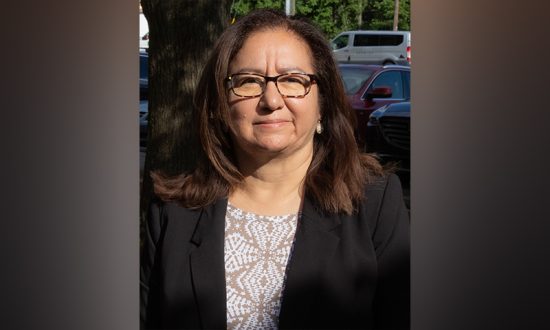Silvia is currently VP of Certificate Management—and previously was GM and Chief Certificate Officer at Avalara—where she manages product direction of certificate management products. She co-founded Avalara CertCapture and prior to that was co-founder and principal of Tax Technology Services, LLC (TTS), where she was responsible for the operational efficiency of the organization and tax knowledge base. Silvia has served as an auditor for the state of Texas in their San Antonio and New York offices. After her audit career, she served as tax manager for national companies in the manufacturing, retail, and technology industries.
In the United States (US), it is not common to see many changes affecting a business due to tax legislation, especially state tax legislation, however, the combination of aprior year Supreme Court of the United States (SCOTUS) decision, Wayfair vs. South Dakota (Wayfair)and the impact of COVID 19 made change inevitable. The Wayfair decision affected the way a business would be taxed within a state. Before Wayfair, a long-standing previous SCOTUS decision stood in its place, where a business would have nexus and fiduciary obligations in a state if there was physical presence involved. With the Wayfair decision, the introduction of economic nexus, meaning generally, where there is no physical presence but rather the benefits of conducting business through ecommerce, changed everything, and each state began to change their statues to define how and when to tax a business due to economic nexus. If certain thresholds were met, a business regardless of where they were located would have to register in the state, start to collect sales taxes and manage documentation for exempt sales.
Businesses had to take a pause and evaluate their processes to determine if they had a high enough level of economic nexus to warrant registration. At first Wayfair didn’t feel like much of a change, however, if abusiness was used to selling from one location and immediately pivotedand had to register in all the states, collect sales taxes, and had to document exempt sales, this change was impactful. It seemed Wayfair would only impact those without a physical presence and mainly doing B2C, those businesses that depended on ecommerce and transacted as intermediaries within adistribution network, as most traditional businesses dealing in B2B had not considered moving to ecommerce, at least not as a primary source of revenue. Then COVID happened.
As COVID hit, businesses in traditional B2B had to move quickly into changing their way of sellingand many rushing to implement, automate ecommerce solutions not only to stay afloat, but to stay competitive. New avenuesof omnichannel opportunities opened-up. With this rushed changed, came the potential of crossing the economic thresholds imposed by states. With ecommerce being implemented, traditional businesses were able to expand quickly not only in the US but internationally. Likewise, international businesses had the opportunity to expand into the US. This meant that Wayfair had reachedinternational levels. Businesses that are were not based in the US, yet crossed economic thresholds, had to registered in the states.
Omnichannel sales created opportunities for businesses, yet new challenges of complying with the state laws multiplied as their footprint expanded. Challenges of connecting the dots between traditional ERP systems and ecommerce systems, creating a seamless customer experience, and relying on the technical solutions to calculate, collect sales taxes and exemption certificates without disrupting the supply chain became priority.
The supply chain was mostly disrupted because systems were not prepared to calculate, accept, and collect the correct documentation when making a sale through ecommerce. The expediated process in a B2B environment that would have taken days to accommodate and likely relied on an in-person relationship, now was open to a quick process. If the correct documentation was not obtained and processed correctly, then likely there would be an increase in rebilling and credit memos, a delay in paymentor a delay in product delivery.
Throughout 2021, businesses had to implement the needed processes to operate in an ecommerce world, including updating employee management policies, inventory management, customer relations and supply chain changes to accommodate an omnichannel solution and likely register, report and collect sales taxes and/or exemption certificates due to the Wayfair decision. A lot of change for one year.
2022 will be the next chapter for businesses after the quick pivoting to ecommerce and omnichannel expansion that happened in 2021.Ecommerce measures are no longer the stop gap resolution. It seems it will be the norm for the foreseeable future; however,adjusting to digital transactions as they happen real-time will require businesses to refine their processes to stay competitive. In 2022 supply chain challenges will continue, and disruptions might prompt many to evaluate and change prior decisions.


